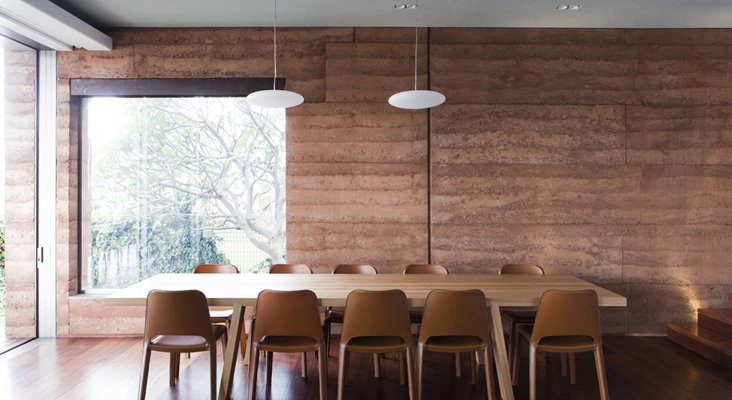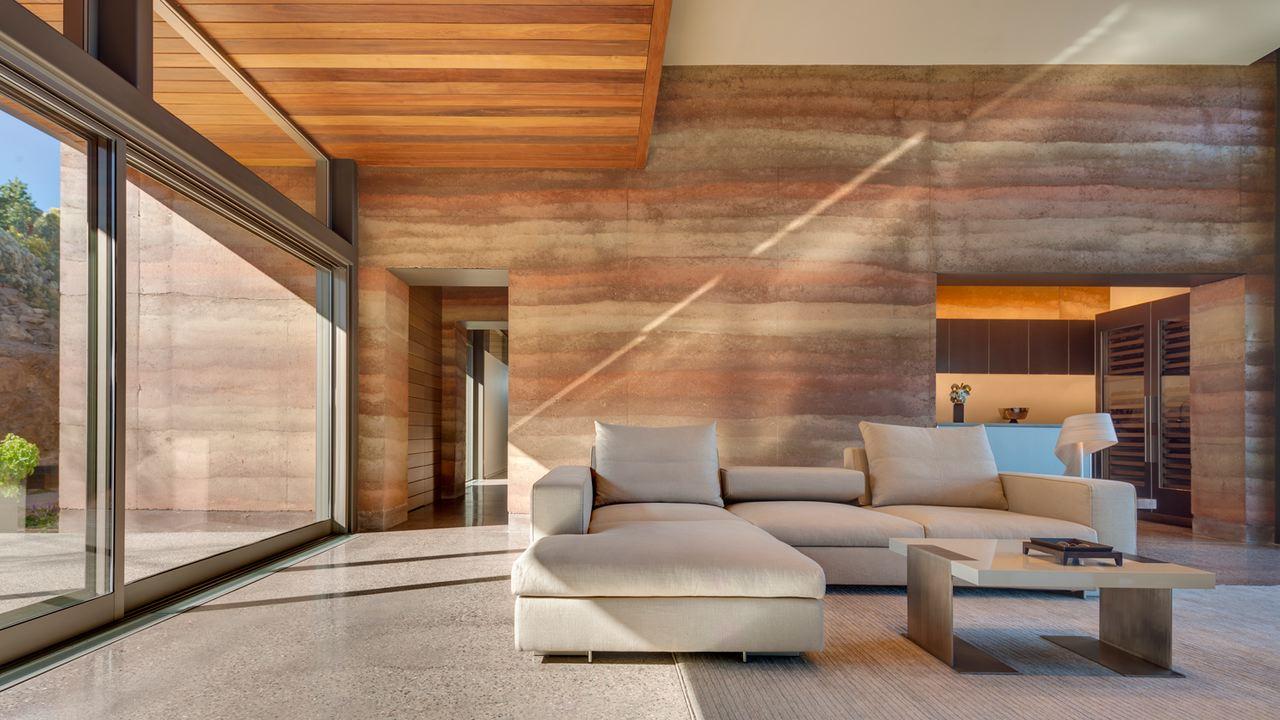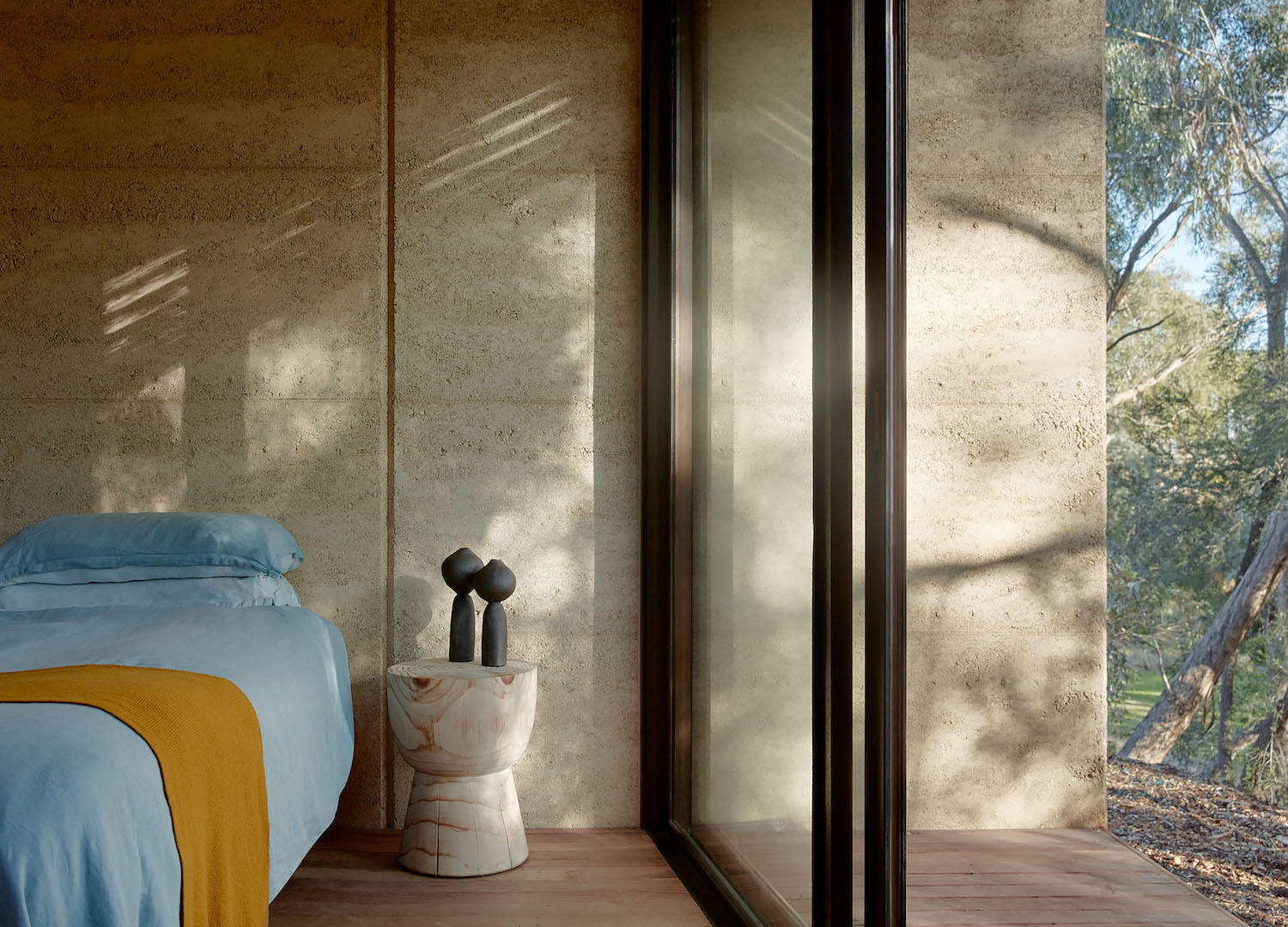Rammed earth in architecture is one of the oldest construction techniques. The method, also called tapial in Spanish or pisé de terre in French, consists of creating a mixture of humid soil compacted by piston strokes and using a wooden formwork.
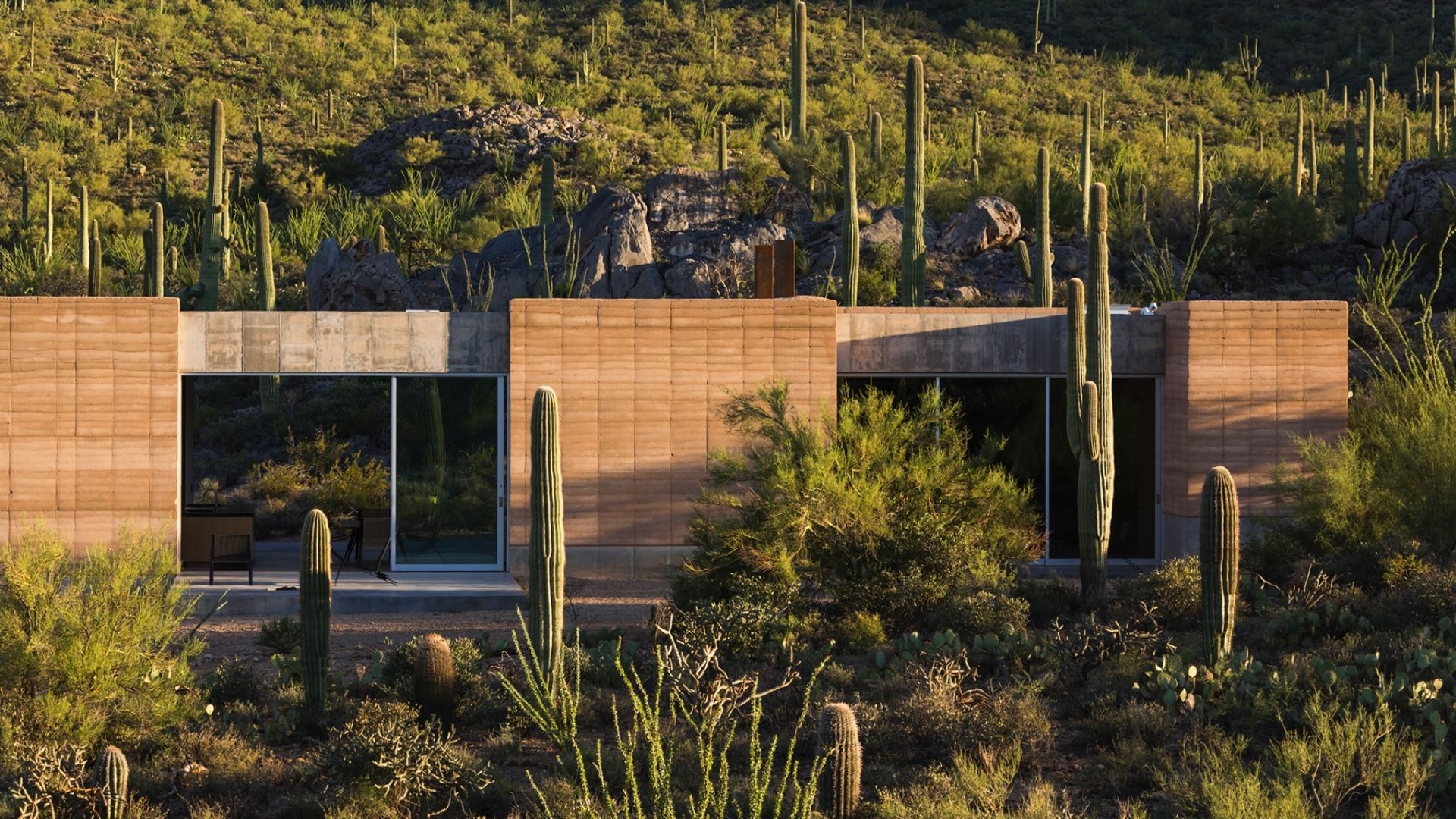
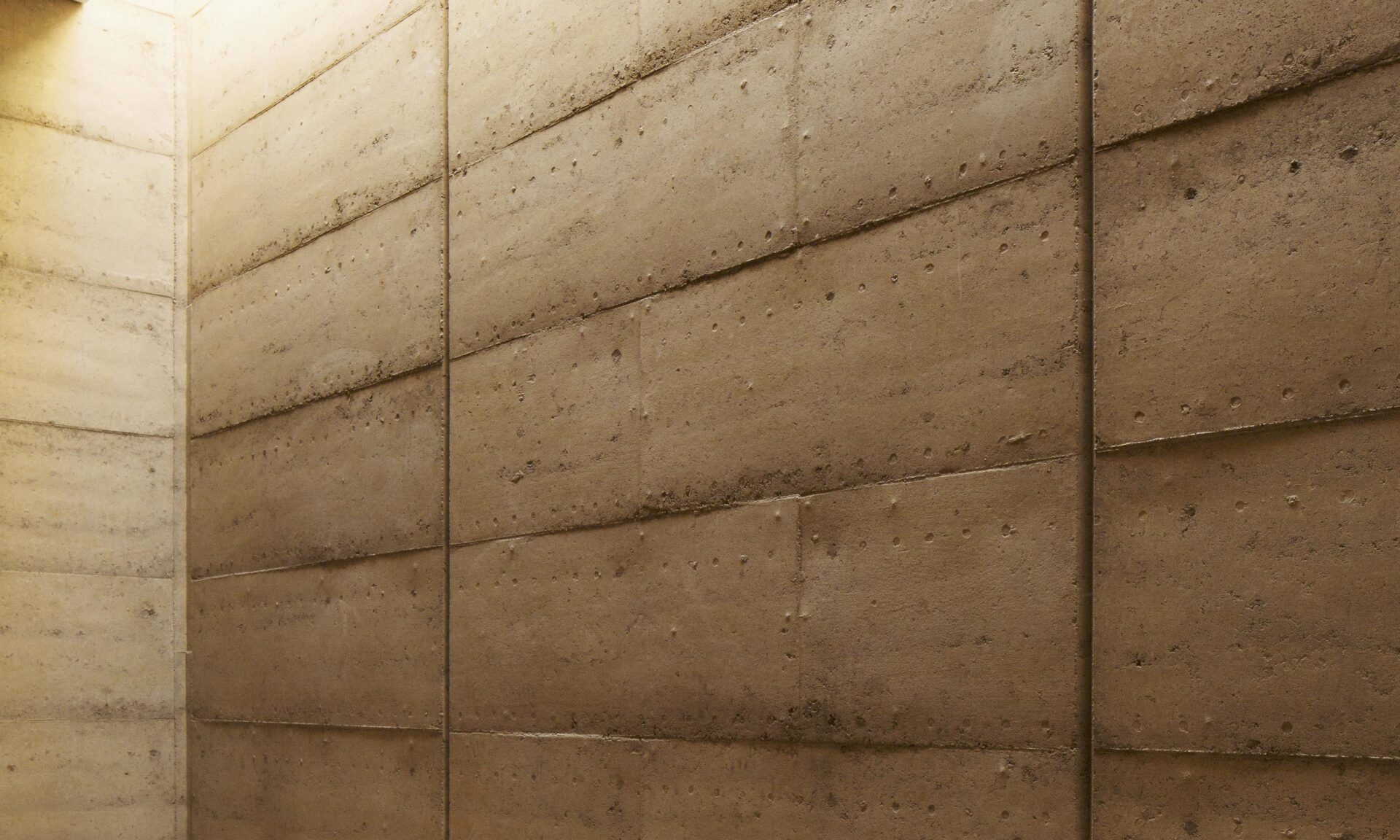
The origin of this technique is unknown. However, there is evidence in archaeological sites that it was used in the Neolithic period. Other studies show that rammed earth was a building technique in Asian cultures: For example, a sector of the Great Wall of China was built with this system. One can also find works near the Mediterranean Sea, as well as in Iran, Yemen and Morocco.
In the 20th century, with the entry of new materials and systems into the market, builders lost interest in rammed earth. Nevertheless, there has been a revival in more recent times, particularly in sustainable architecture. The technique is used in green buildings in order to reduce the environmental impact through the use of natural and local materials, which result in little waste in the construction site.
Construction process with rammed earth
- A wooden frame is built, usually made up of two parallel panels.
- A 15-20 cm layer of humid soil containing sand, gravel, clay and a stabilizer (which can be straw in many cases) is poured.
- The soil or earth is compressed using a pneumatic piston and layers of material are poured back to the desired height by moving the formwork and adjusting levels.
- Rammed earth dries out in the sun.
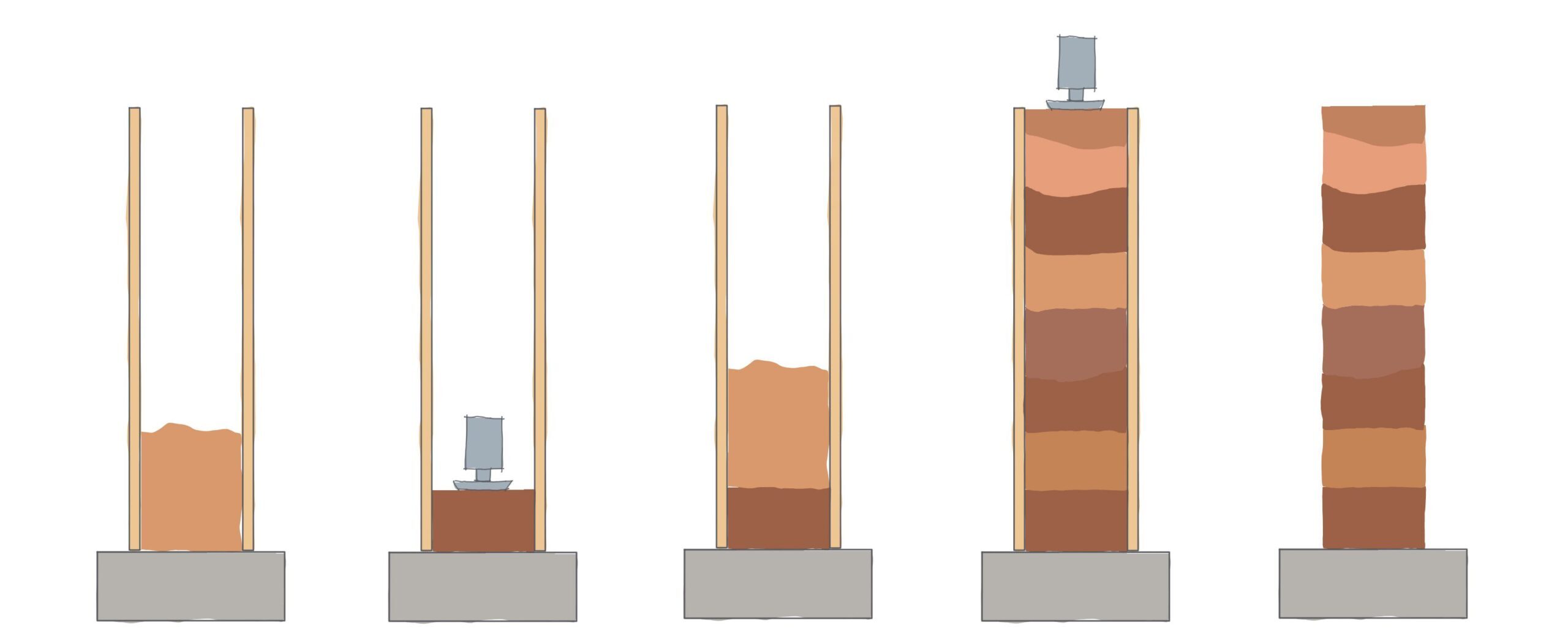
Advantages of building with rammed earth
1- Low cost: the main component of rammed earth is earth, which makes it an economical material and easy to obtain in most regions.
2- Durability: Tapial is resistant to climatic changes and erosion, which makes it ideal for building in rural areas or areas with extreme climates.
3- Good thermal insulation: it has a high capacity to insulate heat, making it perfect for building comfortable and energy-efficient homes, especially in areas with extreme climates.
4- Good acoustic insulation: the rammed earth has a high capacity to insulate noise, which makes it ideal for building comfortable homes with little noise pollution.
5- Ecological: the rammed earth is a natural and biodegradable material, which leads to build in a sustainable and environmentally friendly way.
6- Aesthetics: Rammed earth can be used to create facades and walls with a rustic and natural aesthetic that integrate perfectly with their surroundings. Moreover, the design of the walls is unique and unrepeatable. This will depend on the natural tones of the earth.
7- Ease of construction: It is an easy material to work with and does not require large machinery, which makes it ideal for building in rural or remote areas.

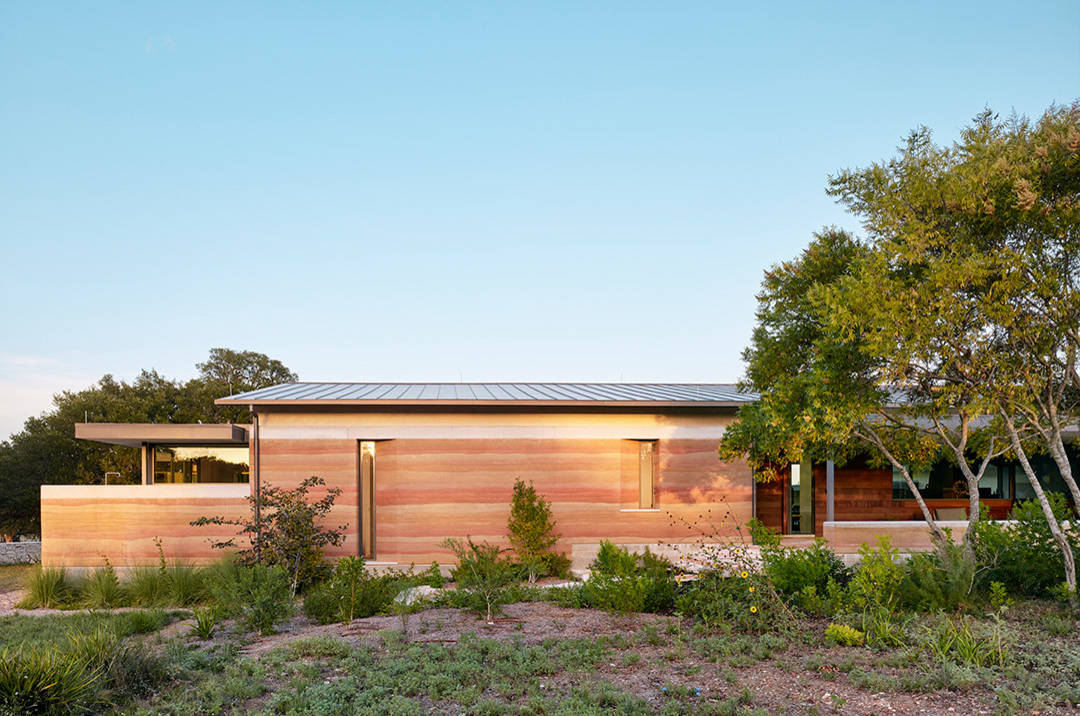
Some disadvantages to take into consideration
1- Tapial is not resistant to humidity, so it is not suitable for construction in areas with high humidity or with risk of flooding, for this reason it is convenient to place the tapial on a stone base so that the structure has greater durability.
2- It is not sufficiently resistant to support the weight of several floors, however, by applying a good design it is possible to achieve constructions that make better use of the spaces on one floor.
3- It is not suitable for areas with earthquakes.
4- Tapial is not resistant to strong winds, so it is preferable not to build in areas with this characteristic.
